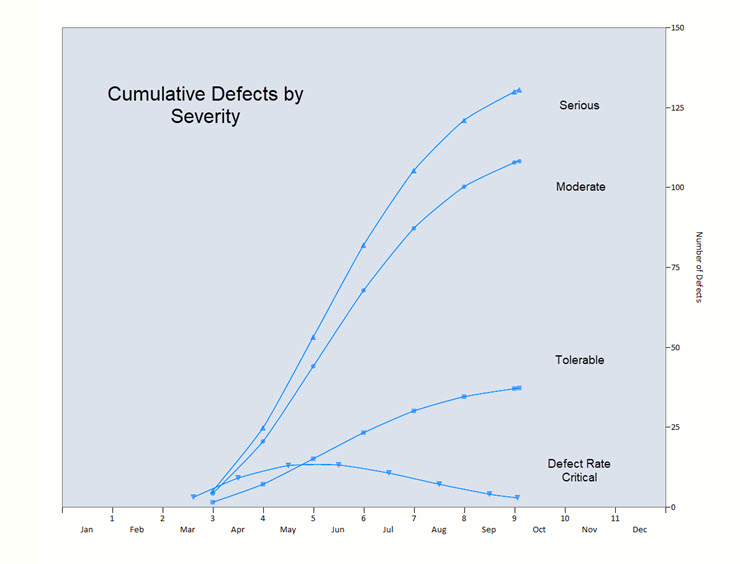Software Reliability Modeling in the Age of Continuous Integration / Continuous Delivery

Quantitative Software Management (QSM) consultant, James Heires, recently discussed the benefits of estimating and forecasting software reliability at RAMS (Reliability & Maintainability Symposium) 2023. Theme for the conference: "Artificial Intelligence and Machine Learning (AI/ML) application to our R&M tools, techniques, and processes (and products) promises speed and scale.... When program management instantiates advanced techniques into R&M engineering activities, such as digital design and machine learning and other advanced analytics, it enables products to evolve at a much more proactive, effective, and cost-efficient approach. Ultimately it facilitates increased speed to market, adoption of new technology, and especially for repairable systems, products that are more reliable, maintainable, and supportable."
